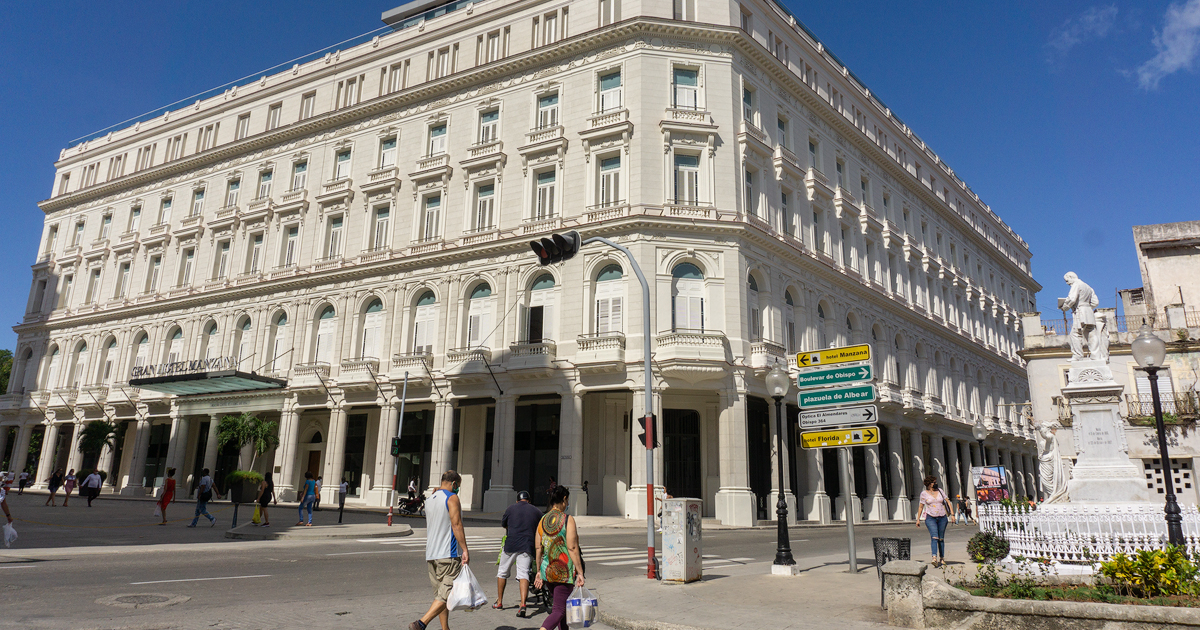
The average hotel occupancy in Cuba has been extremely low in the first half of this year, and seven out of every 10 rooms are empty, according to official sources.
Economist Pedro Monreal confirmed, based on data from the National Office of Statistics and Information (ONEI), that hotel occupancy was only 27.9% in the first half of 2023.
Despite the low occupation, the Cuban regime continues to invest more resources in the construction of hotels than in Public Health and social assistance. "Could someone explain rationality?" the expert asked.
According to statistics, tourism sector figures for the period from January to July indicate the probability that by the end of 2023 the number of visitors will be in a range between 2.35 and 2.9 million, far from the estimate of government officials of 3.5 million .
An “optimistic” scenario predicts that from August to December the number of visitors from the similar period in 2019 (1.41 million) would be equal.
According to ONEI data, international tourism continues to depend mainly on Canada (42.3% of total visitors), followed by the Cuban community abroad (14.1%) and the US (6.6%). These first three sources of visitors concentrate almost two thirds of the total (63%).
"The Cuban community abroad contributed more visitors in January-July 2023 (210,019) than the combined total of the five main senders in Western Europe (190,036). The community had a level 2.4 times higher than the visitors who They arrived from Russia (87,509)"Monreal said.
Last year, hotels in Cuba only had the 15.6% of its rooms occupied, a figure well below the aspirations of the Cuban regime.
Although the index represented a recovery of more than 200% compared to 2021, when only 5.7% of hotel rooms were occupied, the government plan did not reach the expected number of tourists in the year, something similar to the current panorama.
What do you think?
SEE COMMENTS (1)Filed in: